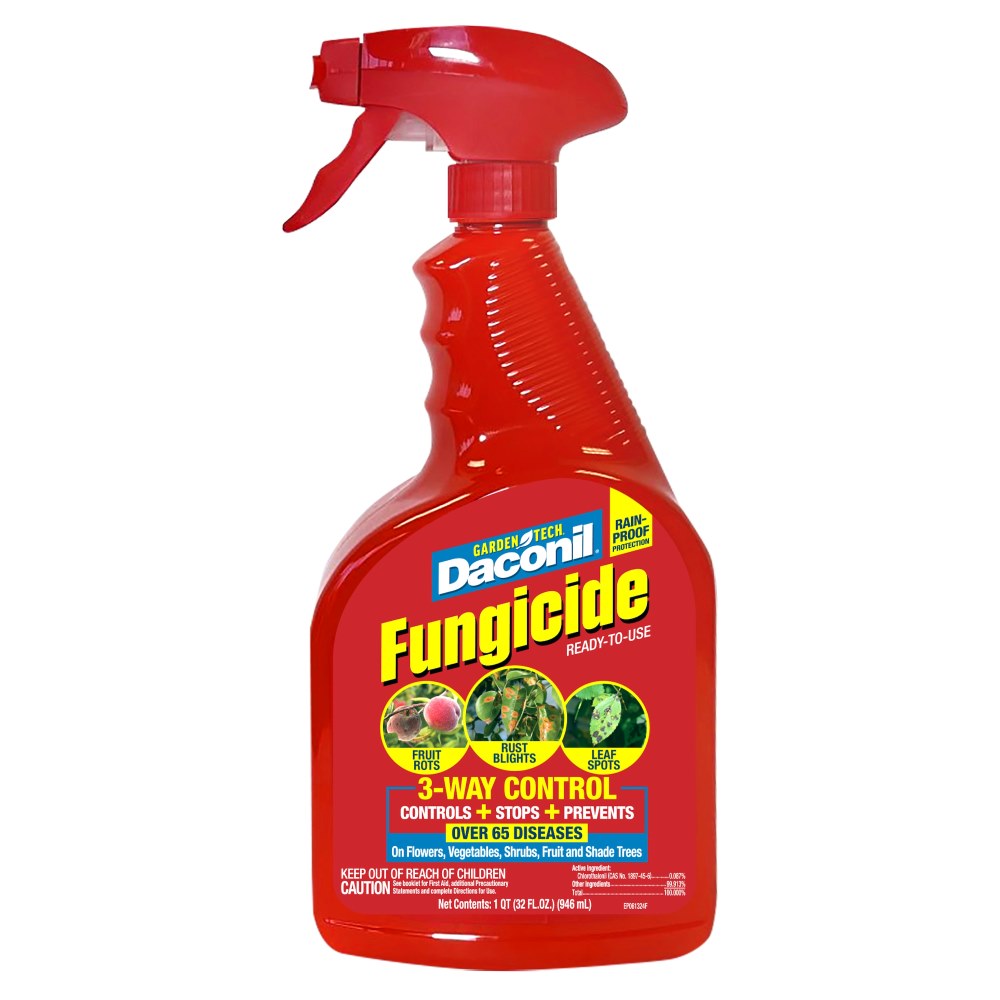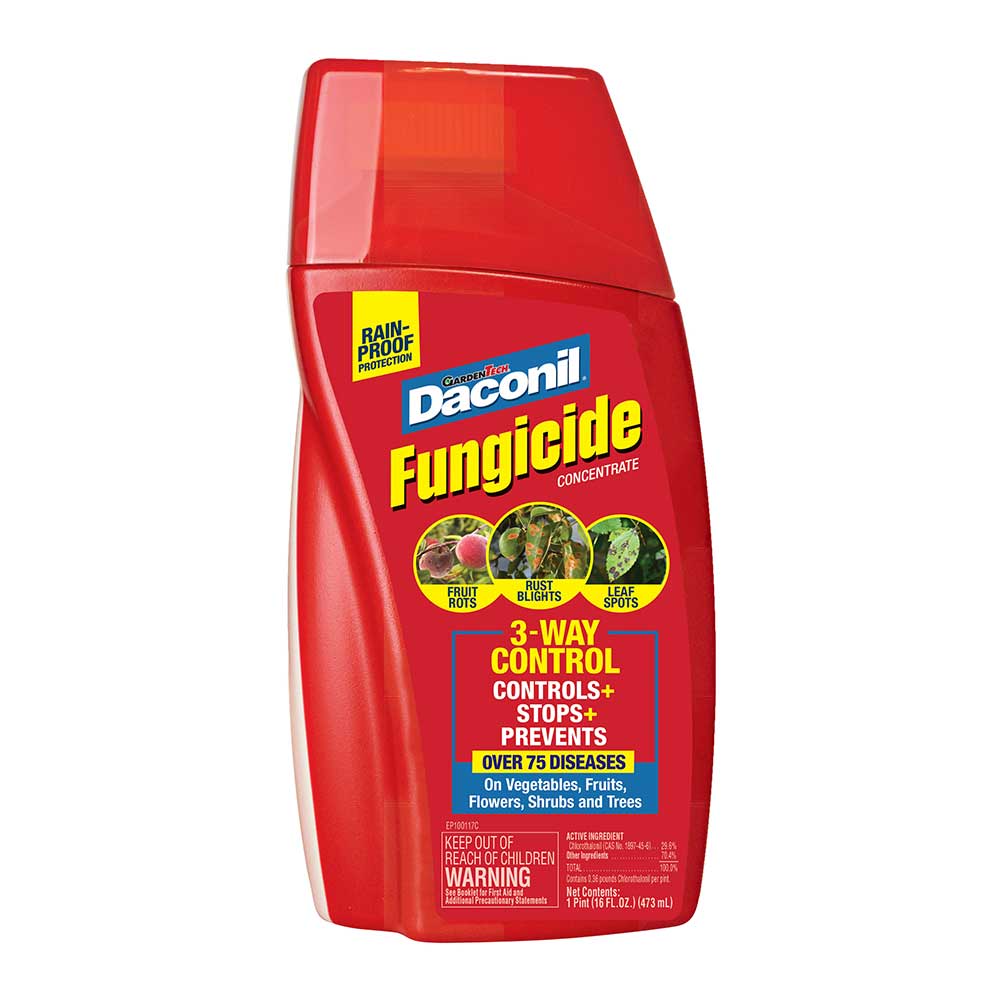Cedar-Apple Rust
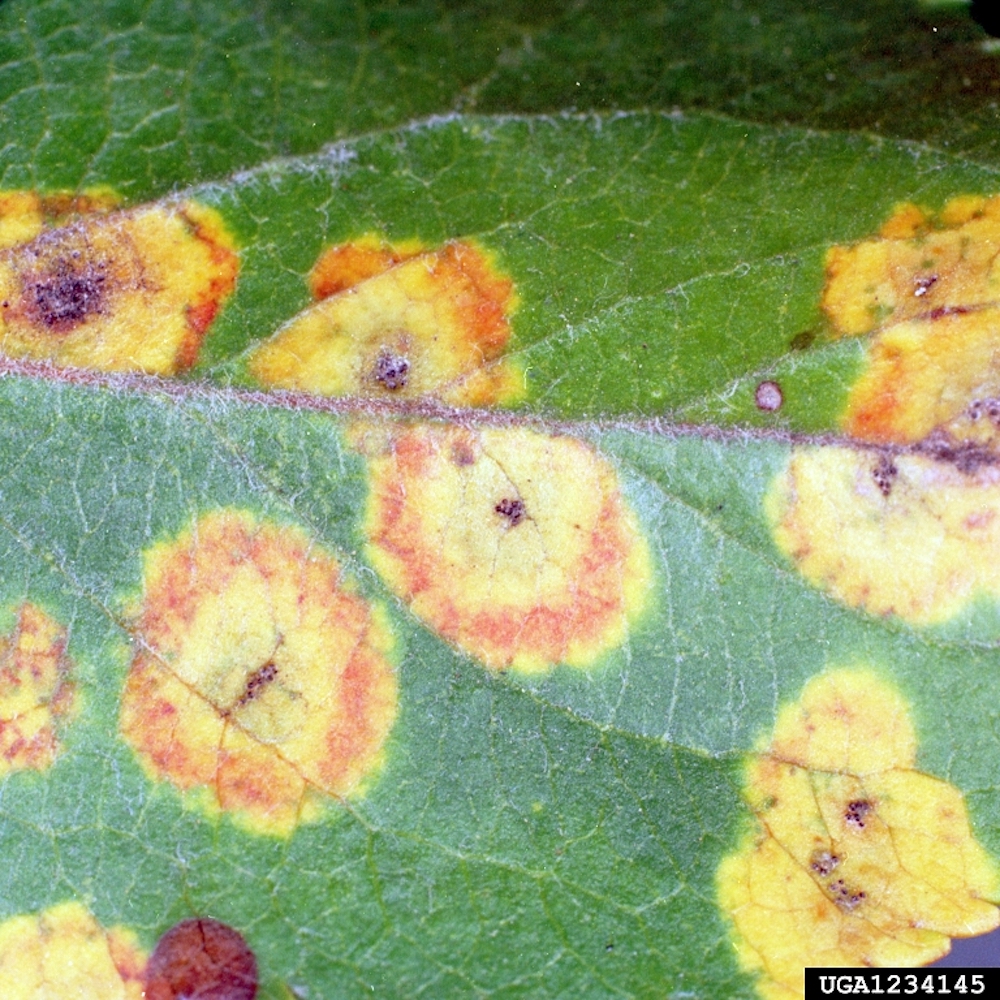

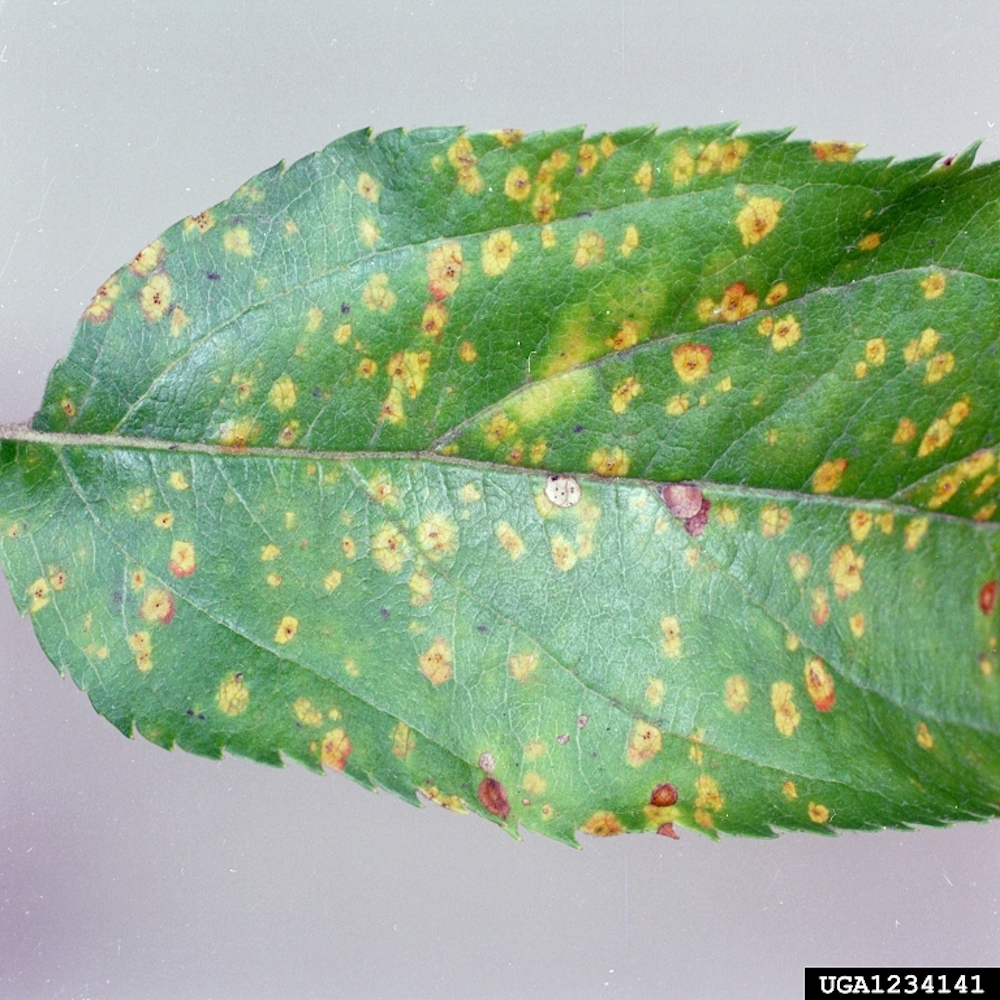
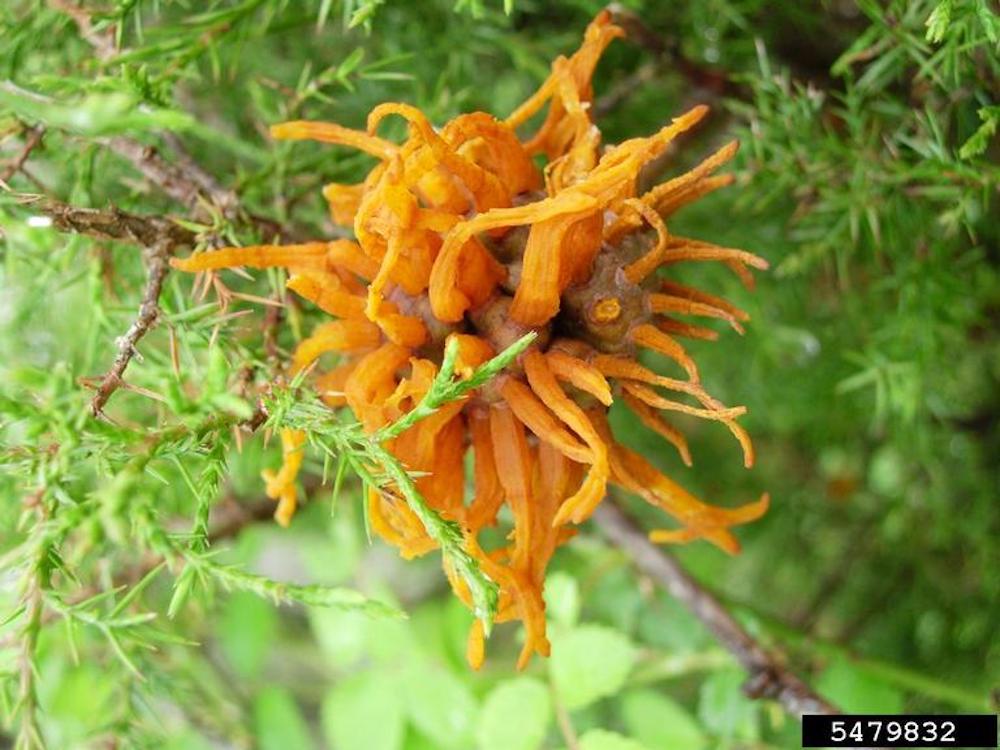
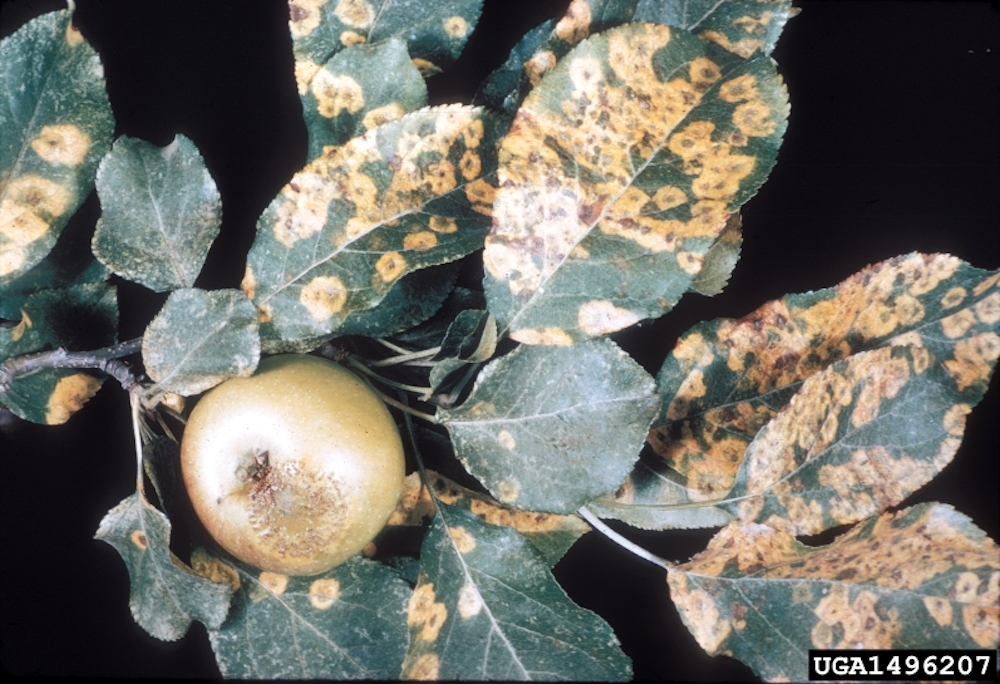
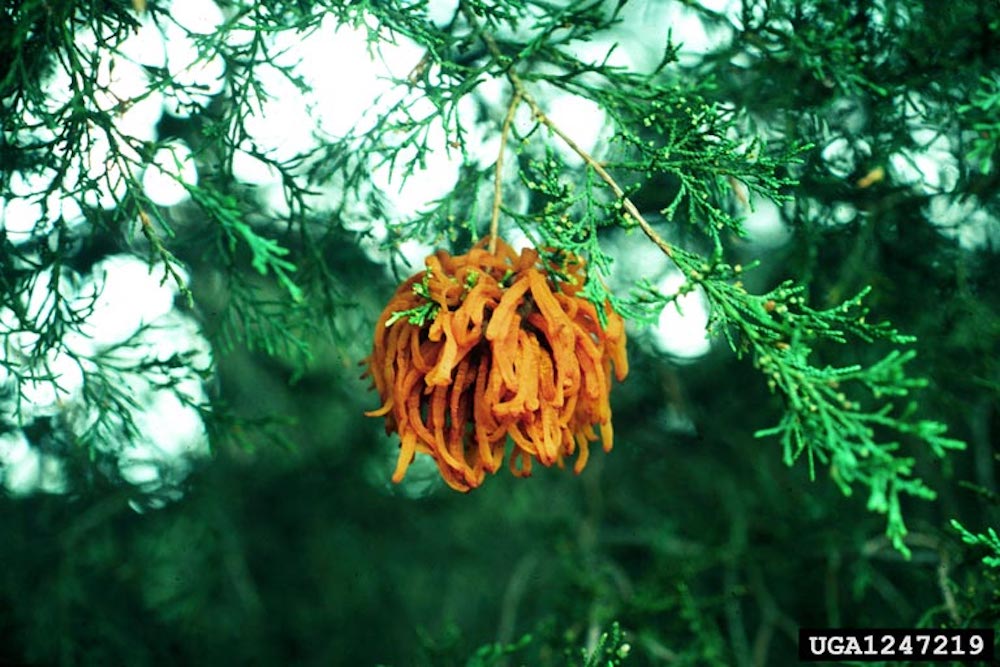
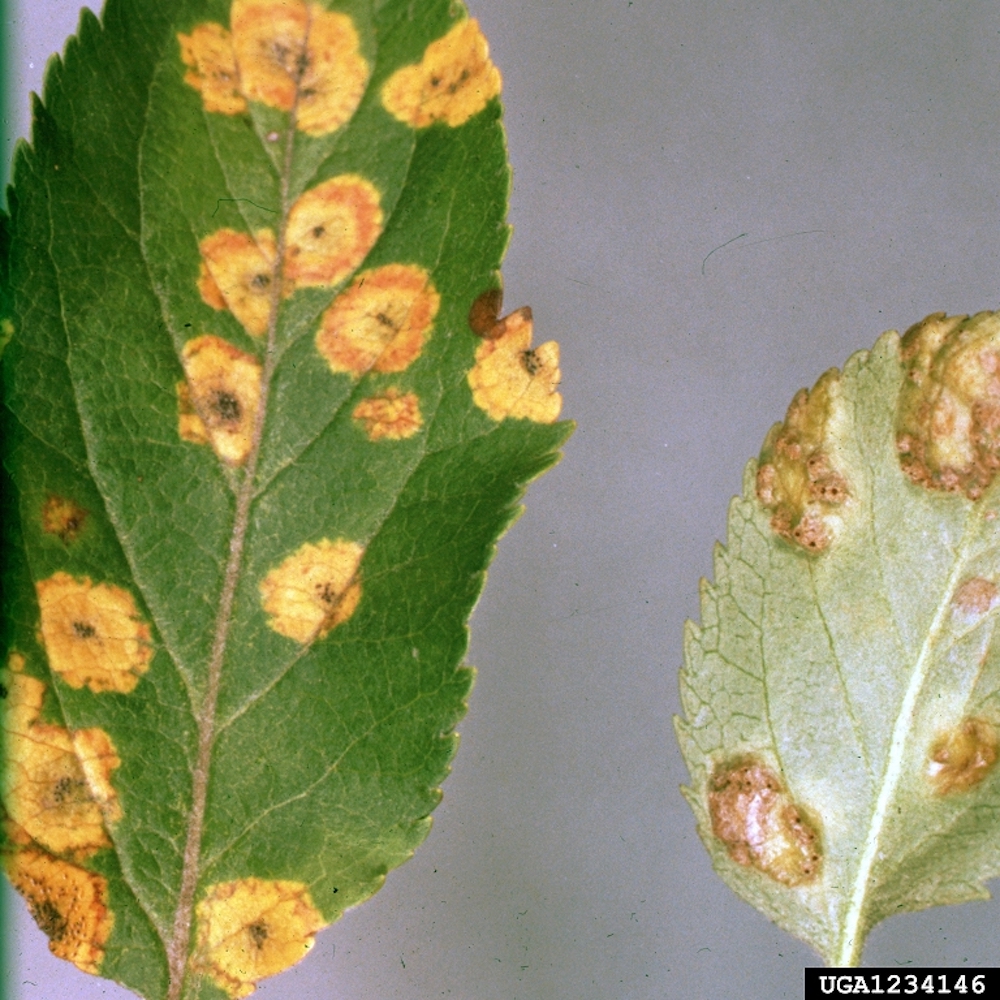
Rust diseases are known for the rust-orange color of the fungal bodies that form on infected plants. While some of these colorful fungi stick to one plant type, others need two plant types to complete their life cycle. Cedar-apple rust alternates between trees such as crabapples and certain junipers known as cedars. This common disease turns spectacular shows of crabapple blooms and fruit into unsightly displays of orange-mottled leaves and disfigured apples.
Wet spring weather favors cedar-apple rust's development and triggers the release of wind-borne fungal spores from infected cedars. The spores infect wet crabapple leaves and forming fruits. By summer's end, the process reverses and infected crabapples release spores that infect cedars. The fungi overwinter as hard, brown galls on cedar trees.
Cedar-Apple Rust Identification/Symptoms: Nearby cedars provide early signs that a bout with cedar-apple rust is ahead. The round, brown galls that overwintered on cedar branches sprout fruiting fungal bodies during spring rains. These unmistakable signs look like two-inch balls of vibrant rust-orange tendrils.
Crabapples develop their first symptoms of cedar-apple rust around mid-summer. Unique spots of bright yellow ringed in rust-orange form on the upper surfaces of leaves. As summer progresses, raised areas on leaf undersides develop spiky, orange-brown fungal growths. Infected fruits develop rusty brown patches and become distorted, eventually forming spike-like fungal growths.
How to Control Cedar-Apple Rust: Proper timing of preventive and maintenance treatments is essential to protecting crabapples against cedar-apple rust. Daconil® fungicides from GardenTech® brand offer highly effective protection against this disease. Begin treating crabapples at spring bud break and continue treating with these products every seven to 14 days until conditions no longer favor the disease:
- Daconil® Fungicide Ready-To-Use simplifies targeted treatments for smaller specimen trees. There's no mixing or measuring needed. Just shake the grab-and-go bottle and you're ready to spray. Cover all plant surfaces to the point of runoff.
- Daconil® Fungicide Concentrate, used with a hand-held, hose-end or tank-style sprayer, provides an economical option for multiple trees and larger areas. Measure the recommended concentrate amount into your sprayer with the convenient measuring cap. Add water, mix well, and spray all plant surfaces thoroughly.
Cedar-Apple Rust Tip: When possible, plant rust-resistant crabapple varieties and avoid planting cedars. Without the alternate host plant, cedar-apple rust can't survive. If wild cedars exist nearby, remove them or prune out all rust galls in winter. With the cycle broken, cedar-apple rust dies out.
Always read product labels thoroughly and follow instructions, including guidelines for treatable plants, application rates and frequencies, and pre-harvest intervals (PHI) for edible crops.
GardenTech is a registered trademark of Gulfstream Home and Garden, Inc.
Daconil is a registered trademark of GB Biosciences Corp.
Photo Credit:
Clemson University - USDA Cooperative Extension Slide Series, Bugwood.org (CC BY 3.0 US)
Clemson University - USDA Cooperative Extension Slide Series, Bugwood.org (CC BY 3.0 US)
Clemson University - USDA Cooperative Extension Slide Series, Bugwood.org (CC BY 3.0 US)
Photo credit: University of Georgia Plant Pathology , University of Georgia, Bugwood.org (CC BY 3.0 US)
Photo credit: Elizabeth Bush, Virginia Polytechnic Institute and State University, Bugwood.org (CC BY 3.0 US)
Terry S. Price, Georgia Forestry Commission, Bugwood.org (CC BY 3.0 US)


